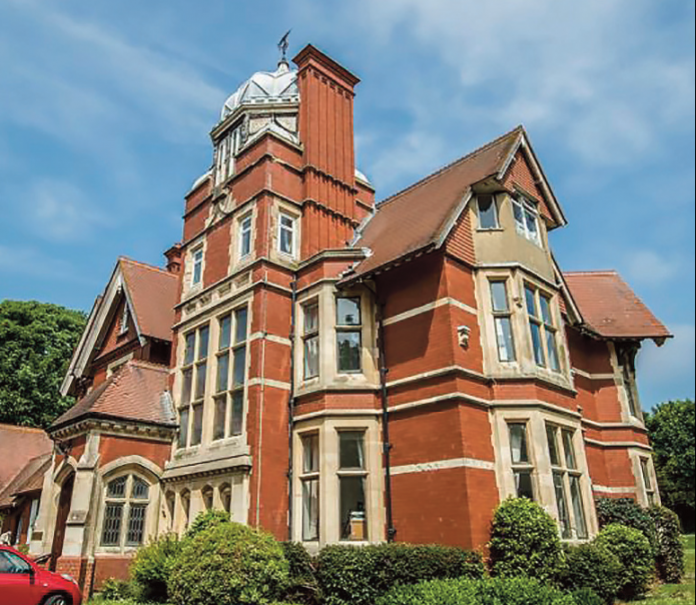Across all sectors, the UK’s language standards are rising, so we drill down to differentiate, says Melanie Butler
It is a September, nine months into a pandemic, and on a first glance at our Centre of Excellence listings (pages 19-22), you may be struck by how little has changed since our last listings in March.
There are only five new Centres of Excellence. Our congratulations to the Christian English Language Centre, Loxdale English Centre, New College Durham and the Universities of Dundee and Salford. Congratulations, too, to the University of Sheffield, which has zoomed up the rankings and is now neck and neck with Edge Hill University as joint third position university language centre.
The lack of movement is not surprising. Before UK centres closed at the end of March, the British Council had completed just 17 inspections in 2020, according to our records, and fewer than 50 since September 2019.
Only two Centres of Excellence have left the accreditation scheme. One, the London School of English in Canterbury, has been forced to close. The other, the University Language Centre at UCL, is certainly still operating but has opted out of accreditation.
Look carefully, though and you will notice that there is a whole swathe of schools and colleges which are no longer listed as Centres of Excellence: those that received eight areas of strength on their last inspection. Our commiserations: their results have not fallen, but their percentile ranking has dropped as more centres have overtaken them.
Our new Centres of Excellence listing covers the top 25 per cent of centres, based on British Council Inspection reports and, as things stand in September 2020, that only includes centres awarded nine areas of strength or more.
This means that standards in British EFL are rising, based on the British Council inspectors’ judgements. It also means that there are more centres clustered at the same high scores – five per cent of all accredited centres, for example, score nine net areas of strength.
So, how can we differentiate them?
The first obvious move is to split away those who focus on under-16s – can we really compare universities and junior summer schools? Since providers running more than one off-site junior summer school must now accredit their junior centres separately, this is fairly easy to do.
“The British Council had completed just 17 inspections in 2020, according to our records, and fewer than 50 since September 2019.”
But surely a top provider will be equally good with adults and young learners? The statistics disagree – on average, a junior programme will have four fewer areas of strengths than an adult centre with the same owner.
Under-16s need a very different approach, as Alex Cann, new head of Young Learners at International House London explains on page 23.
Once we separate out the Young Learners operations, we can drill down into the details in their reports and use them to differentiate between centres with the same number of areas of strength (see pages 24 and 25) using the system we first introduced in March.
With Young Learners, that means focussing on welfare and safety. Indeed, in the era of Covid-19, making sure children are safe means rethinking nearly everything we do, as BEC’s Chris McDermott explains on page 29.
With courses for adults, however, we focus more on the academic side, as you can see in our rankings, starting on page 31.
To drill down even more, we have divided each age group ranking by types of provider. For adults, we compare the outcomes of the private sector with those of state sector universities and colleges. While for juniors, we compare the boarding schools with the other private sector providers.
Once again, the boarding schools are our top performers, but to judge from Mike Pingelly’s plans for St Edmunds College English language summer schools, on page 26, this is not the only area they plan to dominate.
In a time of uncertainty, we cannot say which of our Centres of Excellence will be listed next year, but the early signs suggest the young learner sector, with its lower year-round overheads, are already planning to expand.
MELANIE BUTLER, EDITOR-IN-CHIEF







